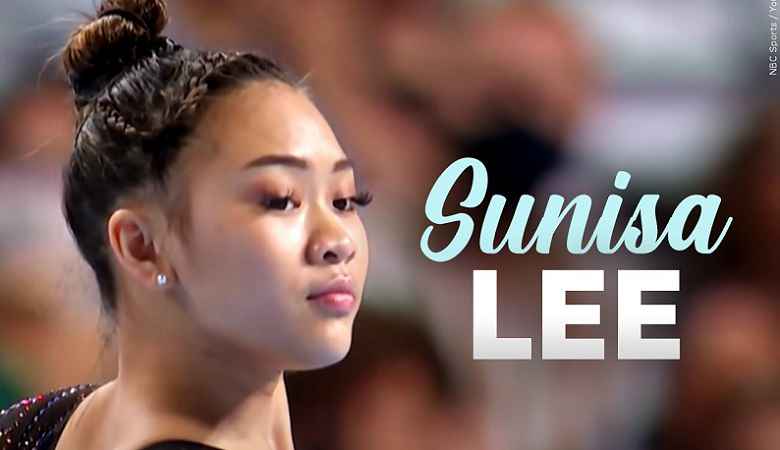What it means to be a Hmong-American today: Reflections on a Personal Journey

[MGNonline]
Over the past month, I have found myself talking about what it is, to be Hmong. I am having those conversations about my culture with my children, complete strangers, with newsroom colleagues and friends. People simply asking, "what is Hmong?"
I have proudly answered that question all my life. But for the first time, I am answering that question with points of reference that can be found in modern day American history. From characters in Hollywood’s Gran Torino film to now, Sunisa Lee.
For more than four decades, Hmong people have made a home here in the United States. In America’s resplendent history, 40 years is not long. And up until this past month, very few Americans knew the word Hmong, let alone the people.
Sunisa Lee changed that for us. Her golden win in Tokyo was not only a dream come true for her, but for an entire people. You see, to be Hmong is to know courage and benevolence. Family and community is at the foundation of our people. From the villages up in the mountains of Laos and Thailand to the farming country sides of the Midwestern belt, Hmong people are resilient. Belonging to no country, and yet making a peaceful home in every place they have landed. Whatever obstacle, the Hmong have learned to survive. That’s because of our community.
After we aided the Unites States in the Secret War, and we were left behind when the war ended, we didn’t seek rewards. Were we owed that? Yes. At minimum, acknowledgement. But we were too busy surviving as a community because our aid to the U.S. also meant our death. This week, we are seeing images of that kind of mass exodus again, this time in Afghanistan. Civilians leaving a place they once called home, holding on to only a few keepsakes and hope. Once again, I find myself sharing bits and pieces of Hmong history to colleagues and friends because of its haunting similarities.
As a people, we simply wanted a future. One that guaranteed, freedoms. That future, was America. For thousands of Hmong families who immigrated to the land of dreams, it took many years to adapt. Most experienced their first snowfall, their first public transit ride, their first pizza.
The goal, is and has always been, to be seen. To be valued as a people in history.
Suni’s dream was to become an Olympian, to bring her father a gold medal. Her father John, building his own dreams around his daughter. He even built Suni a wooden beam to practice on in their backyard because the family couldn’t afford the real thing. What they soon realized was, they had the real thing, in Suni. Right in the middle of St. Paul’s east side, a star was born. It took hard work and climbing up from nothing, but Suni soared.
And she landed on the Olympic stage.
As we look back and see a new mix of Hmong Americans, we see hope. While some children are raised with more traditional parents, some are being raised by westernized ones. Regardless of the household, at the core of every Hmong person, is that courage and benevolence and love of community. In the end, what we are learning, is this new breed of Hmong Americans, want a voice. And for the first time, we are hearing them speak loud and clear shouting to the world, we are here. And we are here, to stay.
There is a tradition in the Hmong culture that even western culture hasn’t changed, and that is a golden necklace given to your child from the parents. My parents gave me one, and I too have passed the tradition on to my children. Replacing one gold necklace for another, Suni with a gold medal around her neck, propelled our culture, our people into the spotlight.
So, as I share what it means to be Hmong to everyone around me, I make sure my children never forget.
Dare to dream that dream.
Suni did.
She was shining on that Olympic stage. And now, her story will shine forever.
You will remember her name.
And now, you will remember Hmong, as well.